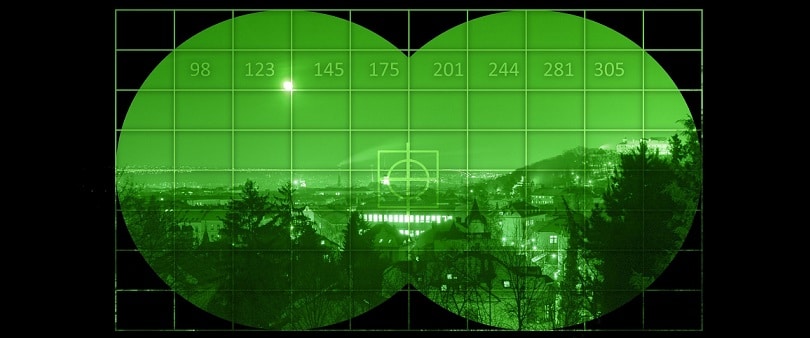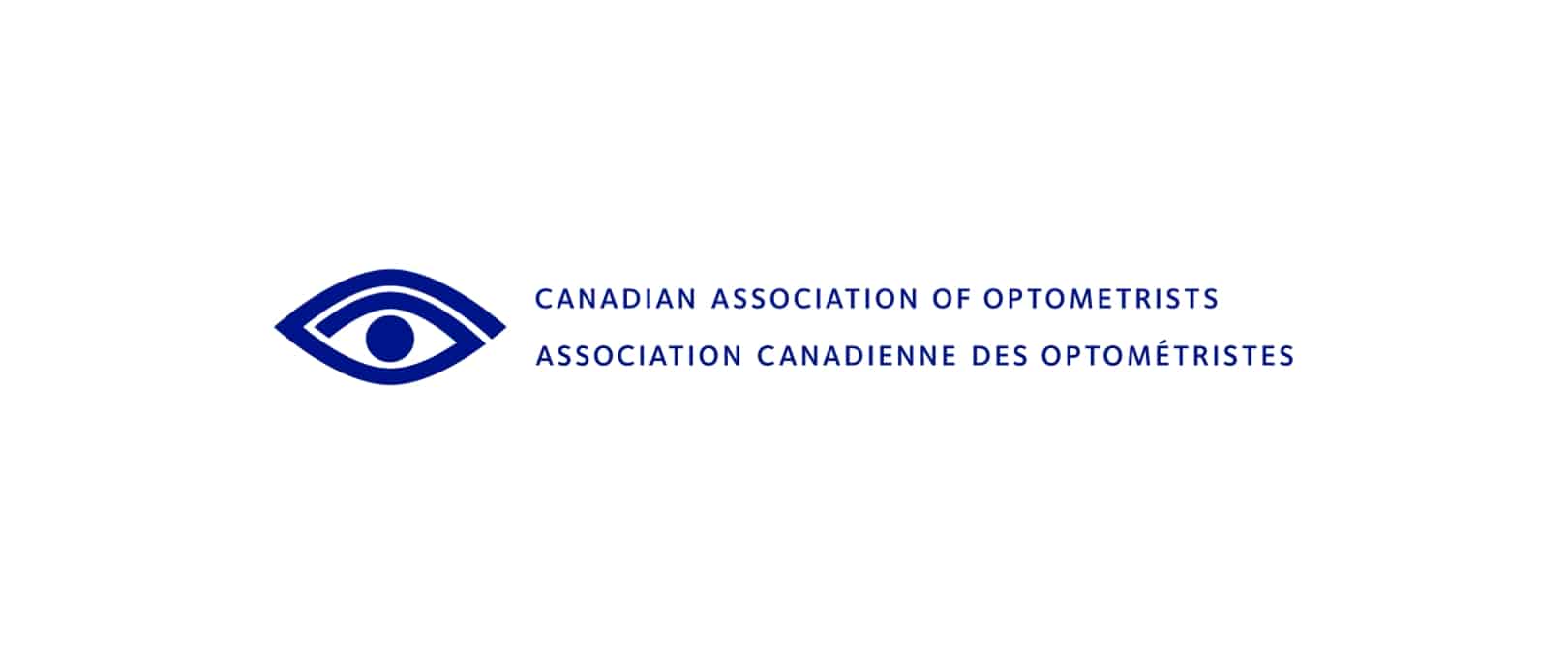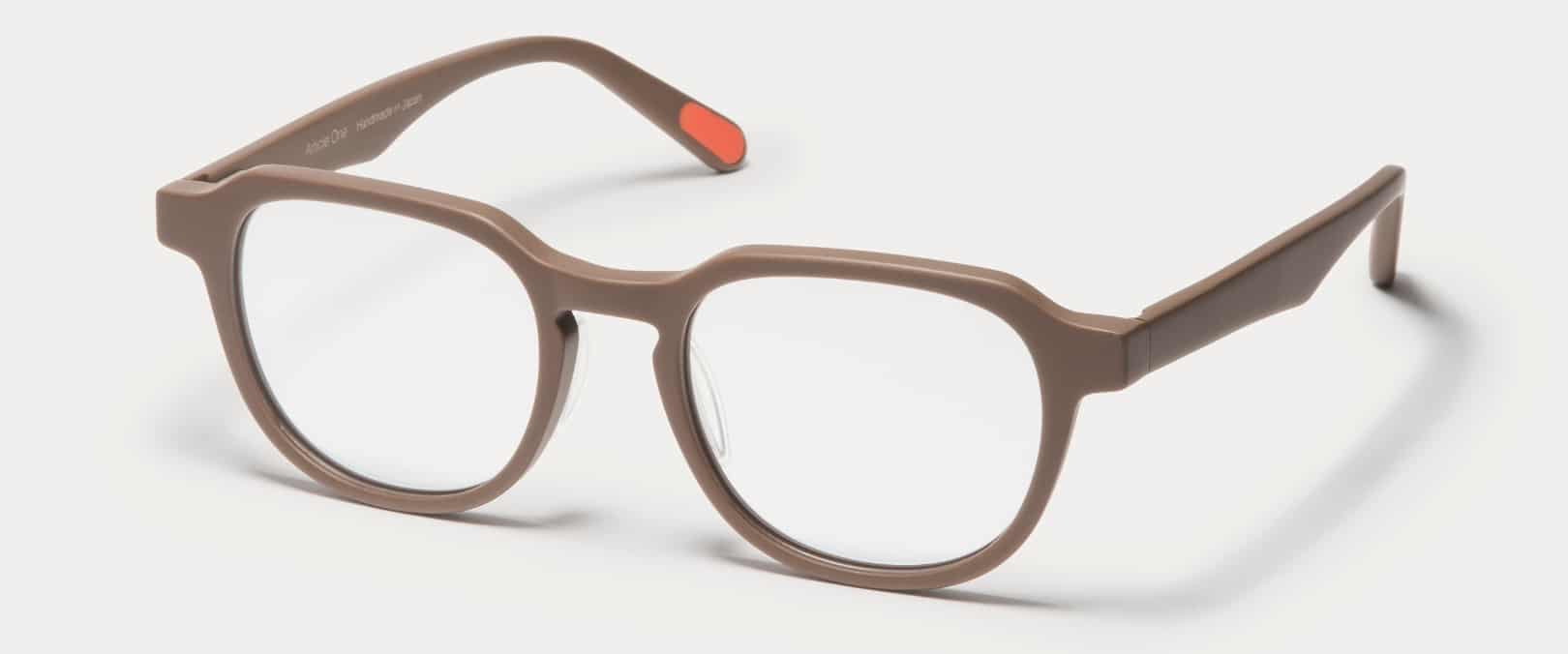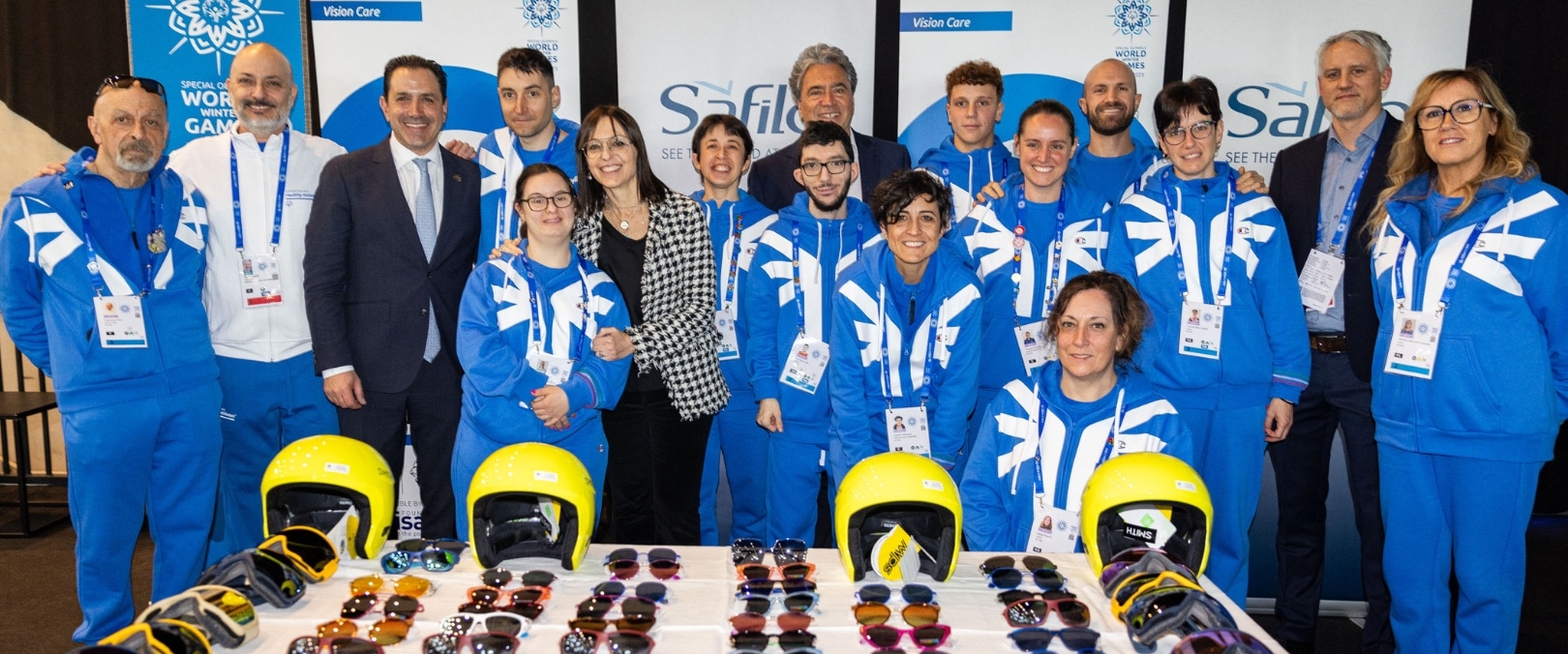Producing Night Vision Through Eye Injection
Thursday, September 19 2019 | 06 h 00 min | Vision Science
A complaint among US soldiers is the heavy and bulky night vision goggles that they traditionally use in combat. The US military has been testing out a new Enhanced Night Vision Goggle (ENVG-111) which weighs only a maximum of two pounds. The device has been optimized for both size and weight.
However, a group of scientists think they have a way for “built-in” night vision, which would eliminate the need for night goggles completely. A group of scientists attended the American Chemical Society’s national meeting in San Diego, California to present a method for injecting nanoparticles into the eye to allow the subject the ability to see near-infrared light, according to an August Press release.
While the human eye can process light between wavelengths of 400 to 700 nanometers, infrared light has longer wavelengths from 750 nanometers to 1.4 micrometers. “When we look at the universe, we only see visible light. But if we had near-infrared vision, we could see the universe in a whole new way.” We might be able to do infrared astronomy with the naked eye or have night vision without bulky equipment.” said Gang Han, Massachusetts Medical School nanoparticle expert and the project’s principle investigator, in the press release.
In a paper published in February 2019, author Gang and fellow researchers at the University of Science and Technology of China described the method by which they injected special nanoparticles that bind to photoreceptors and absorb infrared light into the retinas of mice, producing the ability of near infrared (NIR) vision.
The team of researchers conducted behavioural and psychological tests to determine whether the injected mice could see and mentally process NIR light. For example, in one test, the researchers placed the mice into a Y-shaped tank of water. A triangle marker for the escape route was replaced with infrared light from visible light. “The mice with the particle injection could see the triangle clearly and swim to it each time, but the mice without the injection could not see or tell the difference between the two shapes,” said Han.
While this technology sounds intriguing for soldiers, it still needs to be approved by the FDA for humans and assumes that soldiers are comfortable taking a needle to the eye. Scientists are also looking into other uses of this technology such as the release of drugs into the eye to treat diseases of the eye.
https://www.sciencedaily.com/releases/2019/08/190827084733.htm








